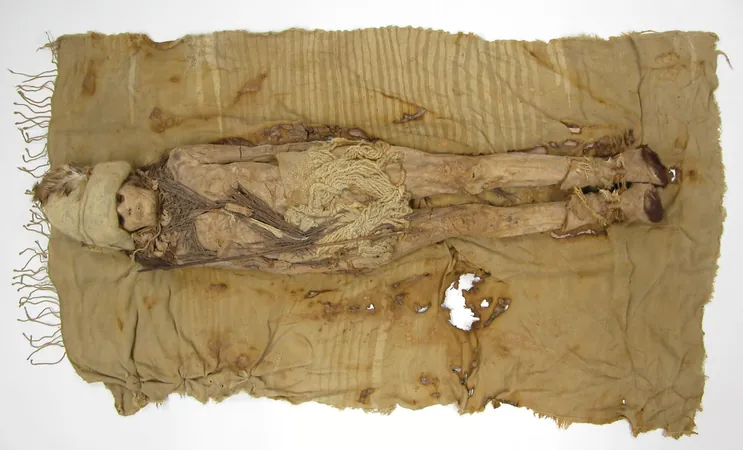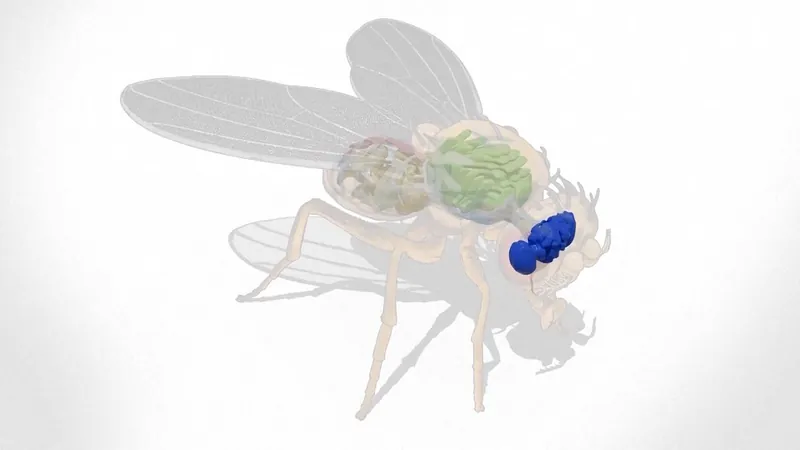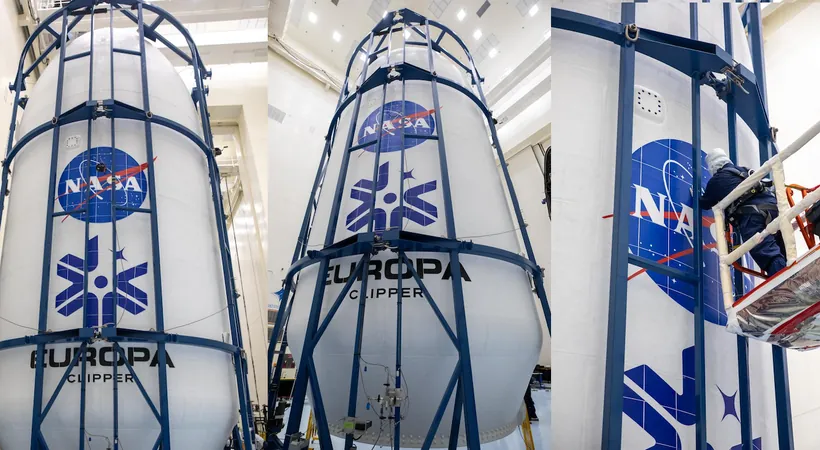
Stunning Discovery: Ancient DNA Reveals the Origins of Kefir Cheese in the Bronze Age!
2024-09-25
Stunning Discovery: Ancient DNA Reveals the Origins of Kefir Cheese in the Bronze Age!
In a groundbreaking study, scientists have successfully extracted and analyzed DNA from ancient cheese samples unearthed alongside mummies in the Tarim Basin, China, dating back approximately 3,600 years. Published on September 25 in the leading journal Cell, this research not only uncovers a new origin for kefir cheese but also offers insights into the evolution of probiotic bacteria.
This is the oldest known cheese sample ever documented in history, asserts Qiaomei Fu, a prominent researcher from the Institute of Vertebrate Paleontology and Paleoanthropology at the Chinese Academy of Sciences. Fu emphasizes the rarity of preserving such food items over millennia, making the analysis of this ancient cheese essential for understanding the dietary practices and cultural nuances of our ancestors.
The journey began two decades ago, when archaeologists discovered peculiar white substances smeared on the heads and necks of mummies within the Xiaohe cemetery, dated between 3,300 and 3,600 years ago. Initially, these mysterious substances were thought to be some form of fermented dairy, but their exact nature eluded researchers until recent technological advancements in ancient DNA analysis made it possible.
Leading the investigation, Fu and her team successfully extracted mitochondrial DNA from samples collected from three distinct tombs. Surprisingly, the analysis revealed traces of cow and goat DNA, indicating that the ancient inhabitants of Xiaohe practiced a unique method of cheesemaking by using different types of animal milk separately, as opposed to the common practice of mixing milk types observed in contemporary Middle Eastern and Greek cheesemaking.
Most significantly, the research team identified microorganisms in the dairy samples, confirming that these substances were indeed kefir cheese. Among the discovered species were Lactobacillus kefiranofaciens and Pichia kudriavzevii, both prevalent in today's kefir grains. These grains, which comprise a symbiotic culture of probiotic bacteria and yeasts, are fundamental to the fermentation process, transforming milk into the tangy drink we know today.
By sequencing the bacterial genes from the ancient kefir cheese, the researchers opened a window into the evolutionary journey of probiotic bacteria over the last 3,600 years. They found that the ancient strain of Lactobacillus kefiranofaciens exhibited a closer genetic relationship to its Tibetan counterparts rather than the widely utilized Russian strains, challenging the prevailing notion that kefir's origins were concentrated solely in the North Caucasus region of modern Russia.
This observation suggests that kefir culture has been continuously maintained in Northwestern China's Xinjiang region since the Bronze Age, remarks Fu, highlighting the important cultural implications of this find.
Additionally, the study demonstrated how Lactobacillus kefiranofaciens engaged in gene exchange with related strains, enhancing its genetic stability and efficiency in milk fermentation over generations. Intriguingly, comparisons between ancient and modern bacteria showed that contemporary strains are less likely to provoke immune responses in humans, indicating that these bacteria evolved to coexist with human hosts more harmoniously through extensive interaction.
This unprecedented study allows us to visualize the evolutionary trajectory of this bacterium over 3,000 years. Through the lens of dairy products, we can glean deeper insights into ancient human life and their environmental interactions, states Fu.
As this remarkable research paves the way for exploring more unknown artifacts, it invites curiosity about what other secrets the past holds. This incredible discovery of ancient kefir links us to an age-old tradition and brings forth a tantalizing question: how have our dietary practices shaped human evolution?









 Brasil (PT)
Brasil (PT)
 Canada (EN)
Canada (EN)
 Chile (ES)
Chile (ES)
 España (ES)
España (ES)
 France (FR)
France (FR)
 Hong Kong (EN)
Hong Kong (EN)
 Italia (IT)
Italia (IT)
 日本 (JA)
日本 (JA)
 Magyarország (HU)
Magyarország (HU)
 Norge (NO)
Norge (NO)
 Polska (PL)
Polska (PL)
 Schweiz (DE)
Schweiz (DE)
 Singapore (EN)
Singapore (EN)
 Sverige (SV)
Sverige (SV)
 Suomi (FI)
Suomi (FI)
 Türkiye (TR)
Türkiye (TR)